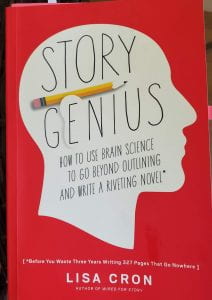One thing that breaks my heart is when students say they aren’t good at writing, they hate writing, or they will never be a “real writer.” I want all of my students to love writing, or at the very least, feel competent and capable as writers.
A former writer wannabe myself, I didn’t consider myself a true writer until I found a community of writers in the Teach Write community. The friendship and support in this community is just what I needed to leave the wannabe category and say, “I AM a writer!” The insights and modeling that I get from this community have been instrumental as I build an authentic writing workshop community in my own classroom.
So, as I think about my students, I see the great importance in building a community where they feel included, safe to take risks, and their ideas have value. That is where my class begins each year.

vait_mcright / Pixabay
- Choice, voice, and ideas are encouraged and respected. We spend a lot of time practicing how that looks and feels.
- We use positive language. We add the word “yet” to the end of potentially negative sentences.
- No one can fail…unless they simply do nothing.
- I share my own writing process.
- Our community works to support one another as we work to achieve our goals and expectations.
- We celebrate each other’s successes and problem solve together when things fall short of our expectations.
- We’ve got each other’s backs.
“No man is an island.” This quote from seventeenth century poet John Donne points to the fact that humans need community. Community gives us strength, encouragement, guidance, and a safety net. It is where we feel supported and encouraged to take risks and grow our ideas. This is the place where we can say, “I’ve found my people. They get me.”
I want my classroom community to be such a place. I want the authors and writers in my classroom to feel supported and encouraged to chase their writing dreams and to say, “These are my people. They get me.”


 A recent teacher conference with a 4th grade author in my classroom:
A recent teacher conference with a 4th grade author in my classroom:


 Finally, there is the joy on their faces when I select a student’s sentence for the weekly mentor sentence. By choosing their sentences, I send the message that their writing is worthy and a model for others. A model sentence can come from any writer in your class. Imagine the confidence boost you can give to your reluctant writers when you select one of their sentences as a model text.
Finally, there is the joy on their faces when I select a student’s sentence for the weekly mentor sentence. By choosing their sentences, I send the message that their writing is worthy and a model for others. A model sentence can come from any writer in your class. Imagine the confidence boost you can give to your reluctant writers when you select one of their sentences as a model text. 

